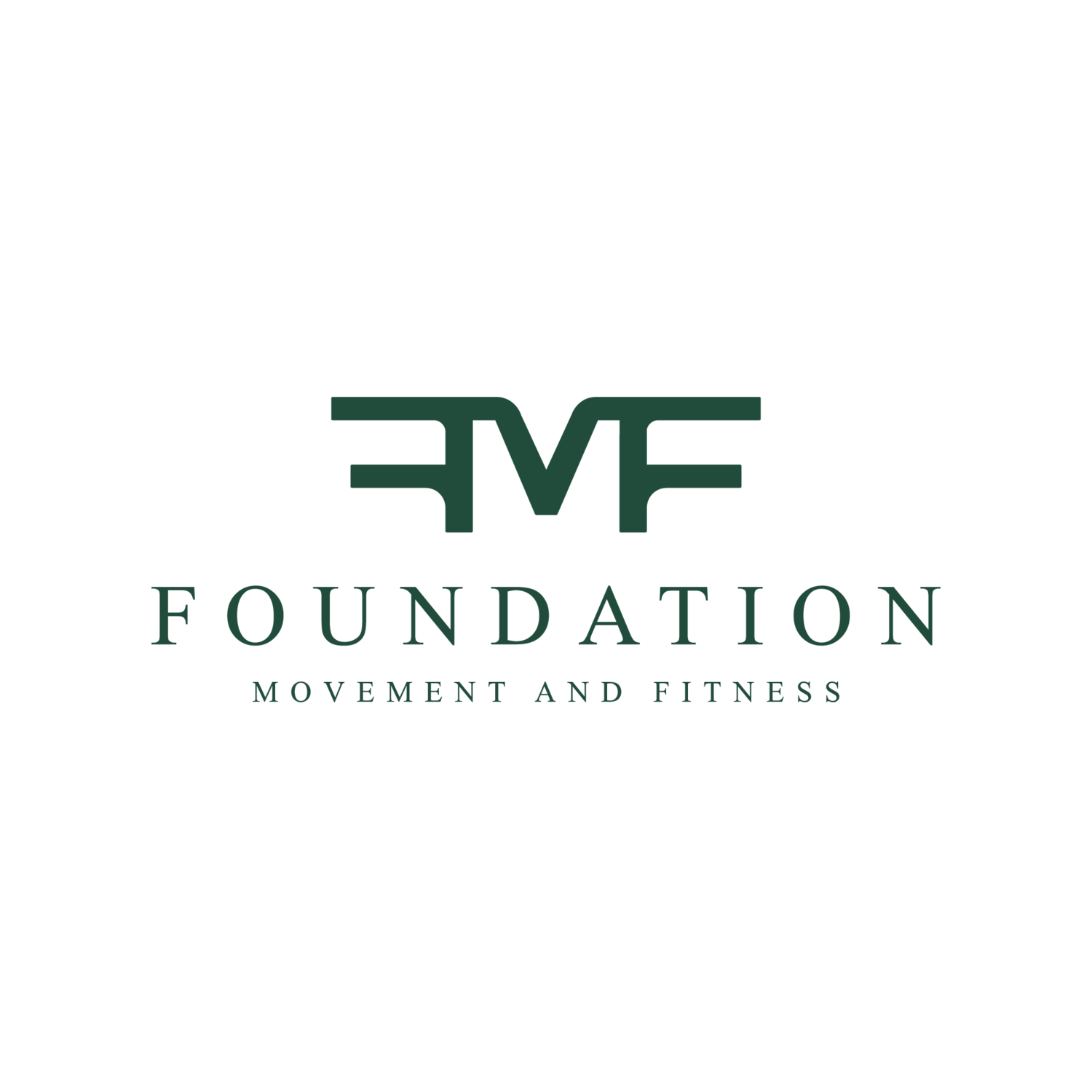Last Blog, we laid out the foundation of the basics. Now let’s take a look at our example of low back pain and apply it. Here are the hot phrases I see thrown around a lot online when talking about low back pain:
“Tight hip flexors”
“Weak glutes”
“Weak core”
“Anterior pelvic tilt”
“Posterior pelvic tilt”
People often say that low back pain is due to things such as TIGHT hip flexors and WEAK glutes and core. Why do people commonly say that this can be generalized to most Americans today? Because we spend the majority of our day sitting down during our commute to work, then at work, the commute home, and then for dinner and a show before bed, rinse and repeat. Sitting is said to be the new smoking and a sedentary lifestyle leads to many other health problems including cardiovascular disease, obesity, and diabetes as well as poor mental health (Department of Health & Human Services, 2016).
Here is a brief breakdown and explanation of sitting posture:
When sitting in a chair, your hip flexor muscles are somewhat engaged and “shortened” while your glutes are mostly relaxed and are “lengthened”. Due to not having to support yourself in a chair, the core doesn’t need to work to hold up the spine and can weaken and cause an arch in the low back or an anterior pelvic tilt.
Now, this is where social media can get confusing because other people will say that it’s the opposite! That low back pain is caused by WEAK hip flexors and strengthening them is the answer.
So, how do we know what’s right and what to do?!
The answer is that without personalized care by a provider or trainer, it’s difficult to tell and might take some trial and error. It isn’t either or but, rather, a balance of both. In general we want to have a nice balance of mobility and stability in our joints.
It’s never good to use absolutes when discussing health and typically if someone is making claims that are black and white it might be best to look elsewhere for more nuanced advice.
After declaring that you have low back pain to a healthcare provider or just by browsing the internet, raise your hand if you’ve heard that:
Glute bridges
Hip flexor stretches
& Dead bugs
will fix your low back pain but you don’t truly understand why! These exercises are prescribed so often for back pain but in my experience a lot of patients have never been told WHY which makes them less likely to believe that they will help and want to do them.
Well, let’s get into the WHY!
Here are your hip flexors which are a group of muscles. The 5 main muscles to focus on are the Iliacus, Pectineus, Sartorius, Psoas, and Rectus Femoris:
Hip Flexors
The 5 main muscles to focus on are the Iliacus, Pectineus, Sartorius, Psoas, and Rectus Femoris.
Here is the antagonist muscle, the gluteus maximus (more commonly referred to as the glute) We are just focusing on the gluteus maximus:
Gluteus Maximus
The gluteus maximus is the antagonist muscle.
Remember that if you shorten one muscle, by definition, the other will lengthen.
By lengthening the hip flexors (stretching them), you’re engaging the glutes and vice versa. Take a look at this hip flexor stretch for reference:
When you do a glute bridge and engage the glute muscles, you also, by definition, get a big stretch of the hip flexor. Take a look at the glute bridge video below:


